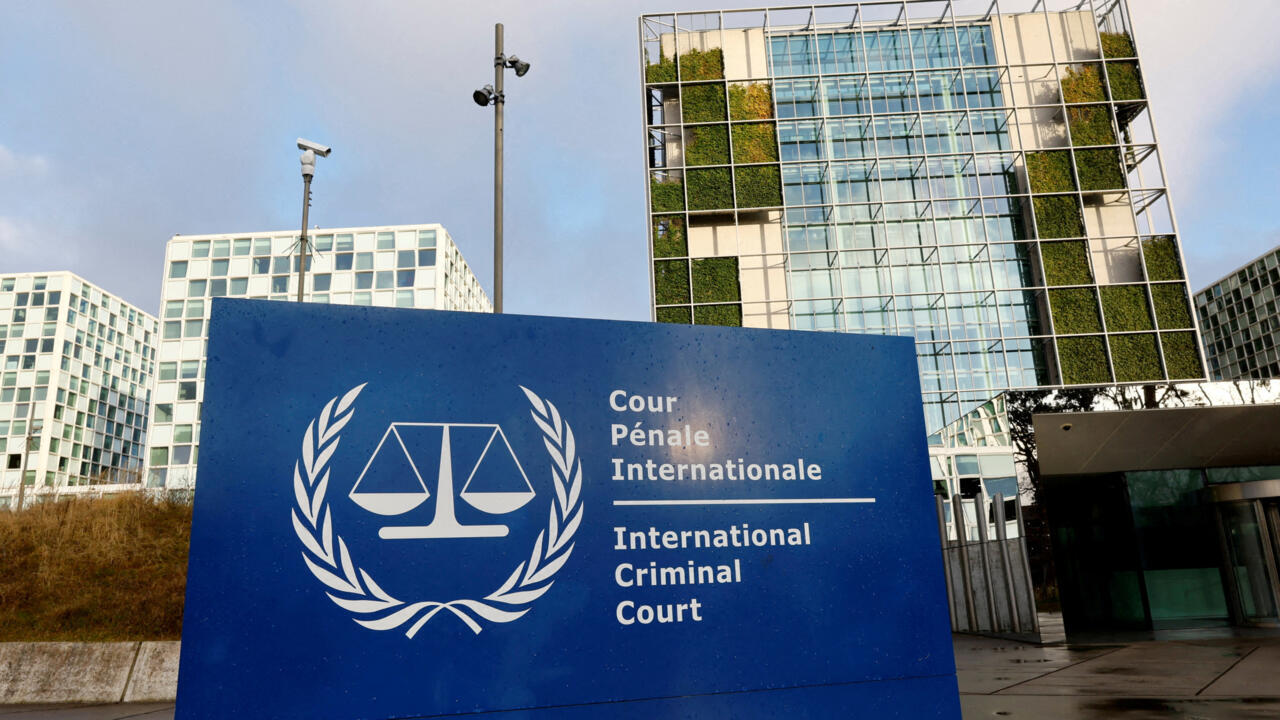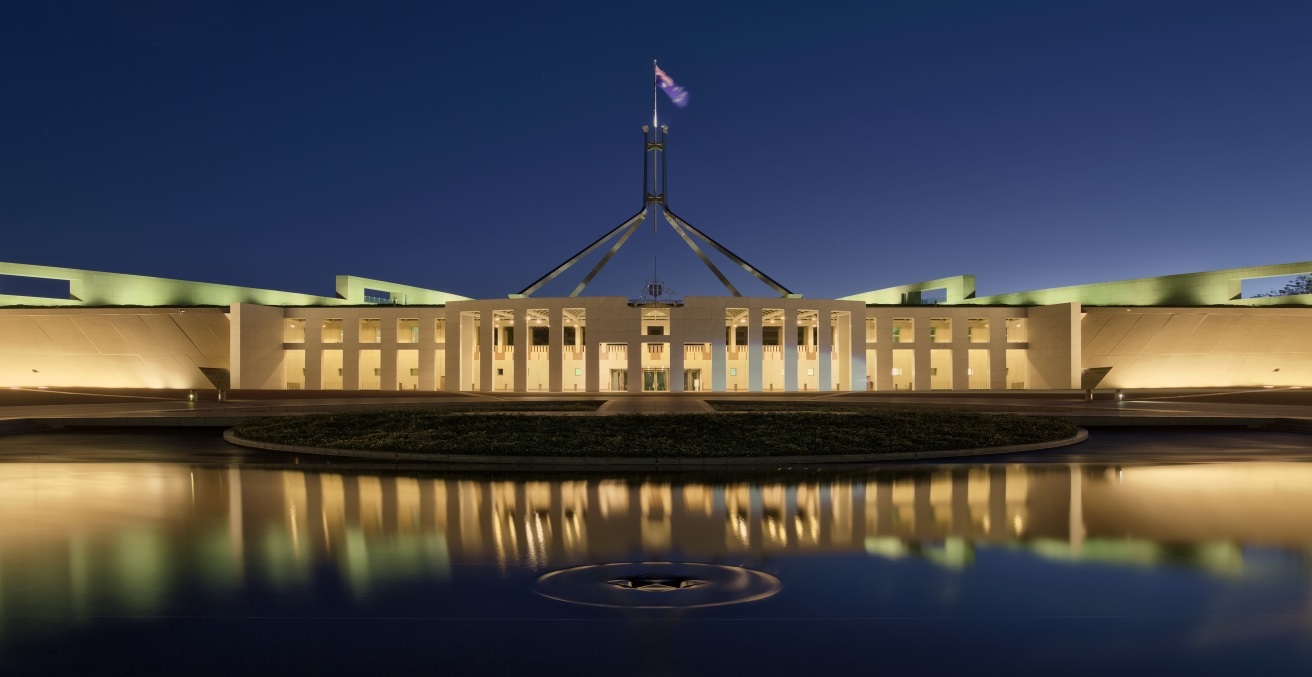India’s recent precision strikes in Pakistan mark a turning point in South Asia’s fragile security landscape. As tensions escalate, Pakistan faces a stark choice between restraint and a catastrophic gamble with nuclear escalation.
India’s nine precision strikes across multiple cities in Pakistan and Pakistan-administered Jammu and Kashmir in the early hours of 7 May shattered the fragile peace in South Asia. Codenamed Operation Sindoor, the strikes carried profound symbolic significance. In Indian culture, sindoor—a red vermillion powder—is traditionally worn by married Hindu women as a symbol of their husband’s life. Upon the husband’s death, the sindoor is no longer applied.
This symbolism resonated deeply following the brutal killing of 26 Indian tourists in Pahalgam, Jammu, and Kashmir by terrorists on 22 April 2025. In a targeted and religiously motivated act, male tourists were separated, asked to recite the kalima (Islamic declaration of faith), and in some cases forced to remove their trousers to check for circumcision. Those who failed were executed at point-blank range. The killings were not only an act of terror but a symbolic erasure of the sindoor from their wives’ lives.
Responsibility for the massacre was initially claimed by The Resistance Front (TRF), widely believed to be a proxy of Lashkar-e-Taiba (LeT), a Pakistan-based Salafi jihadist and UN-designated terrorist organisation. Although TRF quickly withdrew its claim, the targeted killings ignited public outrage across India, placing immense pressure on the government to act. Sensing the national mood, Prime Minister Narendra Modi issued a stern warning: “I say to the whole world, India will identify, trace, and punish every terrorist and their backers. We will pursue them to the ends of the Earth.”
Despite Pakistan’s denial of involvement and its request for an independent investigation, India’s response was swift and decisive. Citing a long history of cross-border terrorism—including the Parliament attack (2001), Mumbai (2008), Uri (2016), Pathankot (2016), and Pulwama (2019)—India launched 21 coordinated strikes targeting nine terror hideouts. These included locations such as Bahawalpur (headquarters of Jaish-e-Mohammed), Muzaffarabad (base of Hizbul Mujahideen), and Muridke (residence of LeT leader Hafiz Saeed).
India framed the strikes as a targeted operation to “strike at the roots of cross-border terror planning” and as a form of justice for the Pahalgam victims. Importantly, Indian forces took care to avoid civilian casualties and did not target Pakistani military installations, reflecting a calibrated and non-escalatory approach.
Pakistan condemned the strikes as “cowardly,” accused India of killing civilians, and reiterated that it does not host terrorists. It further claimed its own status as a victim of terrorism. While this narrative may find some international sympathy, it is difficult to reconcile with Pakistan’s denial of involvement in the 2008 Mumbai attacks—despite the capture of a Pakistani national alive—or the extradition of Pakistani-Canadian Tahawwur Rana from the United States for his role in the same attacks. Additionally, both Afghanistan and Iran have accused Pakistan of sponsoring cross-border terrorism. These allegations contributed to Pakistan’s long inclusion on the Financial Action Task Force (FATF) greylist, from which it was removed only in October 2022.
Following the Indian strikes, Pakistan’s military declared the action an act of war and vowed retaliation. India, however, maintains that the strikes were a pre-emptive and proportionate self-defence measure aimed at dismantling terrorist infrastructure and preventing further incursions. New Delhi also engaged the international community, framing its actions within the bounds of international law.
Now, the strategic dilemma lies with Pakistan. Any retaliatory strike on Indian civilian or military targets would be construed as an act of war—inviting a forceful response from India that could devastate Pakistan’s already fragile economy. A limited or symbolic response by Pakistan might appease domestic audiences temporarily but could demoralise the military and expose Pakistan’s strategic vulnerabilities.
In this precarious situation, some voices in Pakistan’s strategic circles have floated the possibility of using tactical nuclear weapons—arguing that Pakistan’s nuclear arsenal is not merely for display but for use. However, any nuclear response would be catastrophic. It would violate the Treaty on the Prohibition of Nuclear Weapons, further flouting international law and the UN Charter. Even if justified as a pre-emptive measure to prevent Pakistan’s annihilation, such an act would carry three major strategic consequences:
First, Pakistan would face global isolation, finding support only from fringe actors such as North Korea or Iran—states with little credibility in international diplomacy.
Second, the United States and the European Union would likely impose crippling economic sanctions, sever Pakistan’s access to global financial systems, and potentially support regime change. Washington could also leverage the crisis to draw Pakistan away from China, and shift the regional balance in favour of its strategic partner, India.
Third, Pakistan’s use of nuclear weapons would challenge the credibility of US deterrence. American allies in Europe and the Indo-Pacific might demand stronger guarantees, while adversaries could feel emboldened to pursue nuclear brinkmanship. The crisis would present a major test for the US administration, compelling it either to reaffirm alliance commitments or risk unravelling the post-Cold War security order. In this vacuum, China might seize the opportunity to mediate between India and Pakistan, portraying itself as a regional peacekeeper and challenging the Western-led global order.
While the consequences of nuclear use would be global, Pakistan would suffer the most. Regardless of its rationalisations, Islamabad would bear full responsibility. Its international image would fall below even that of North Korea or Iran—cementing its status as a rogue state. Future generations in Pakistan would inherit the memory of a catastrophic decision: the erasure of sindoor for 26 women would become the pretext for a decision that cost the nation its global standing and future prospects.
Dr Dalbir Ahlawat is a Senior Lecturer, School of International Studies, Macquarie University, Australia. Dr Iskren Ivanov is an Associate Professor, Department of Political Science, Sofia University, Bulgaria.
This article is published under a Creative Commons License and may be republished with attribution.




